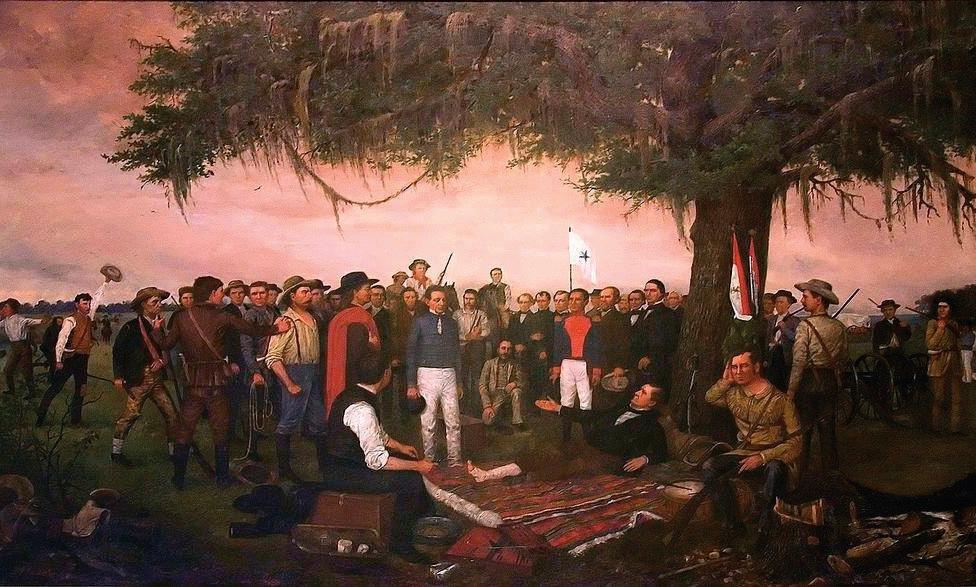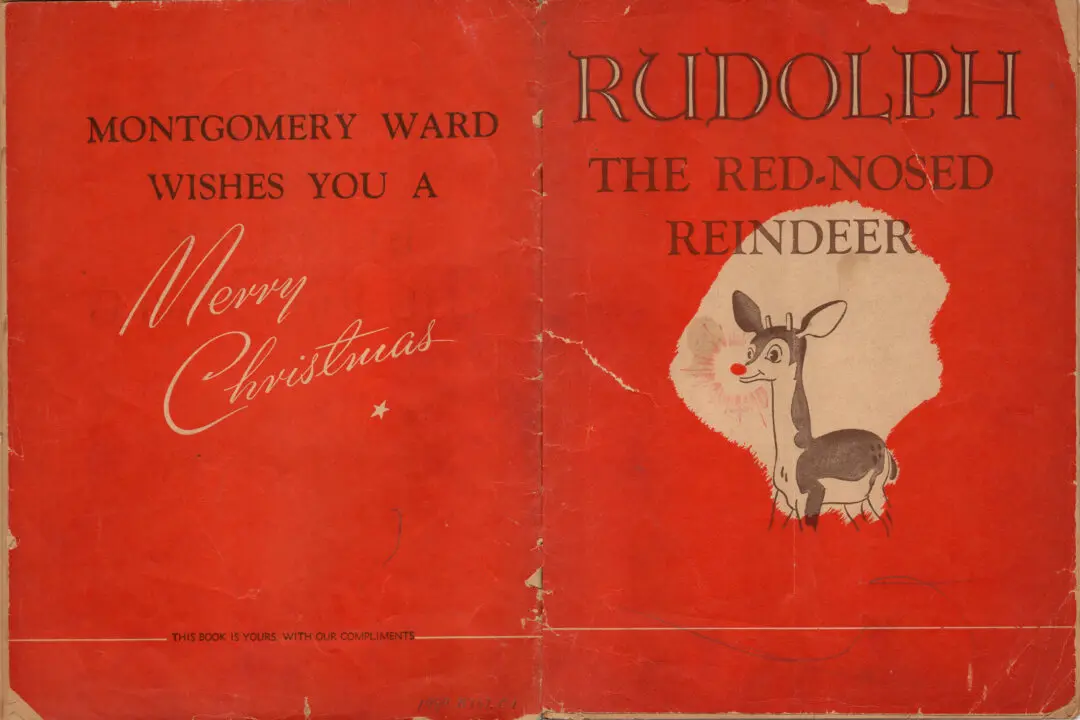For the last few months, six homeschooling girls ages 12-13 have written essays on topics I send them via email.
Four are my older granddaughters, and two are the children of good friends. These students learn grammar, spelling, and rules of composition from other curricula; I am simply an add-on to their studies, a guy who appears once a week with some tips on writing and a subject for that week’s composition: favorite foods, favorite books, best summer vacations, that sort of thing.






